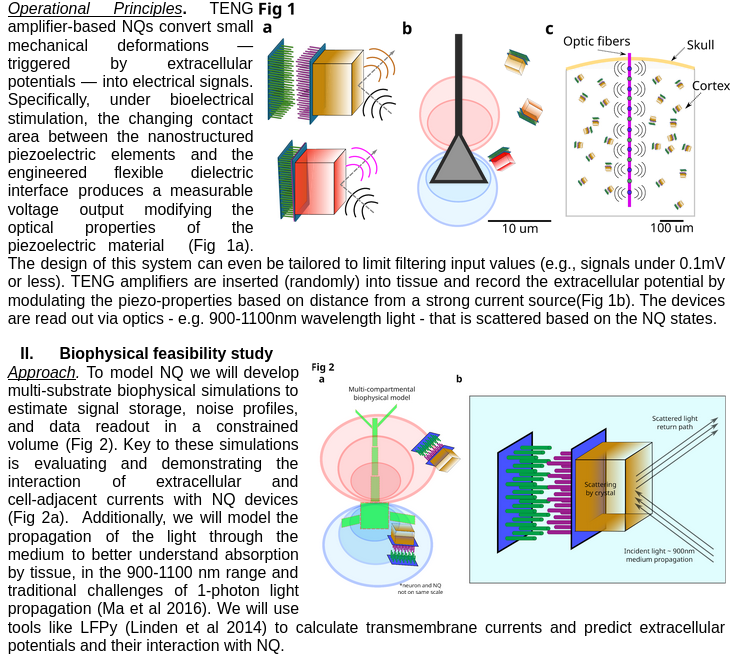From neural activity to quanta
We develop - neural quanta - neural recording systems @ the 1um scale designed to record single spikes from any location in the mammalian brain. Achieving neural quanta is a moonshot project for neurotechnology and neuroscience and it is increasingly feasible given the acceleration of technologies. Our approach relies on underexplored bioengineering and neural data science approaches as well as AI tools.
Neurotechnology initiatives at the state level
In the past decade several nation-level funding programs sought to increase neurotechnology development. Some examples are:
- BRAIN Initiative (~$4 billion to date). Launched by the U.S. government, sought to foster towards mapping the mechanisms of human brain activity comprehensively. Bottlenecks addressed included developing scalable, minimally invasive tools to record and manipulate and collection and integration of vast types of datasets from different methods. Milestones aimed for included high-resolution multi-model human brain atlas, and real-time large-scale neural recording and stimulation in humans.
- Japan's Moonshot R&D Program (~$1.4 billion to date). Focusing on overcoming biological limitations through physical, cognitive, and perceptual augmentation, with some timelines to enhance human capabilities by 2050. Key challenges are to address ethical concerns around human augmentation and integrating advanced AI, robotics, and neurointerfaces into functional systems. Key milestones focused on validating augmentation prototypes for real-world use and establishing an international regulatory framework.
Along with these, we can also count the Allen Institute for Brain Science (~$1billion over 10 years) and much smaller efforts like the International Brain Labs ($30-50million / 5 years).
Visualizing Neurotechnology Challenges
Common to all these efforts is a moonshot for advancing all of neuroscience: can we capture (nearly) all spikes, in all neurons in increasingly more complex, i.e. natural paradigms. The key challenges in achieving such neurotechs can be captured by four visualizations - with NeuralQuanta being the most viable candidate for achieving this technology.
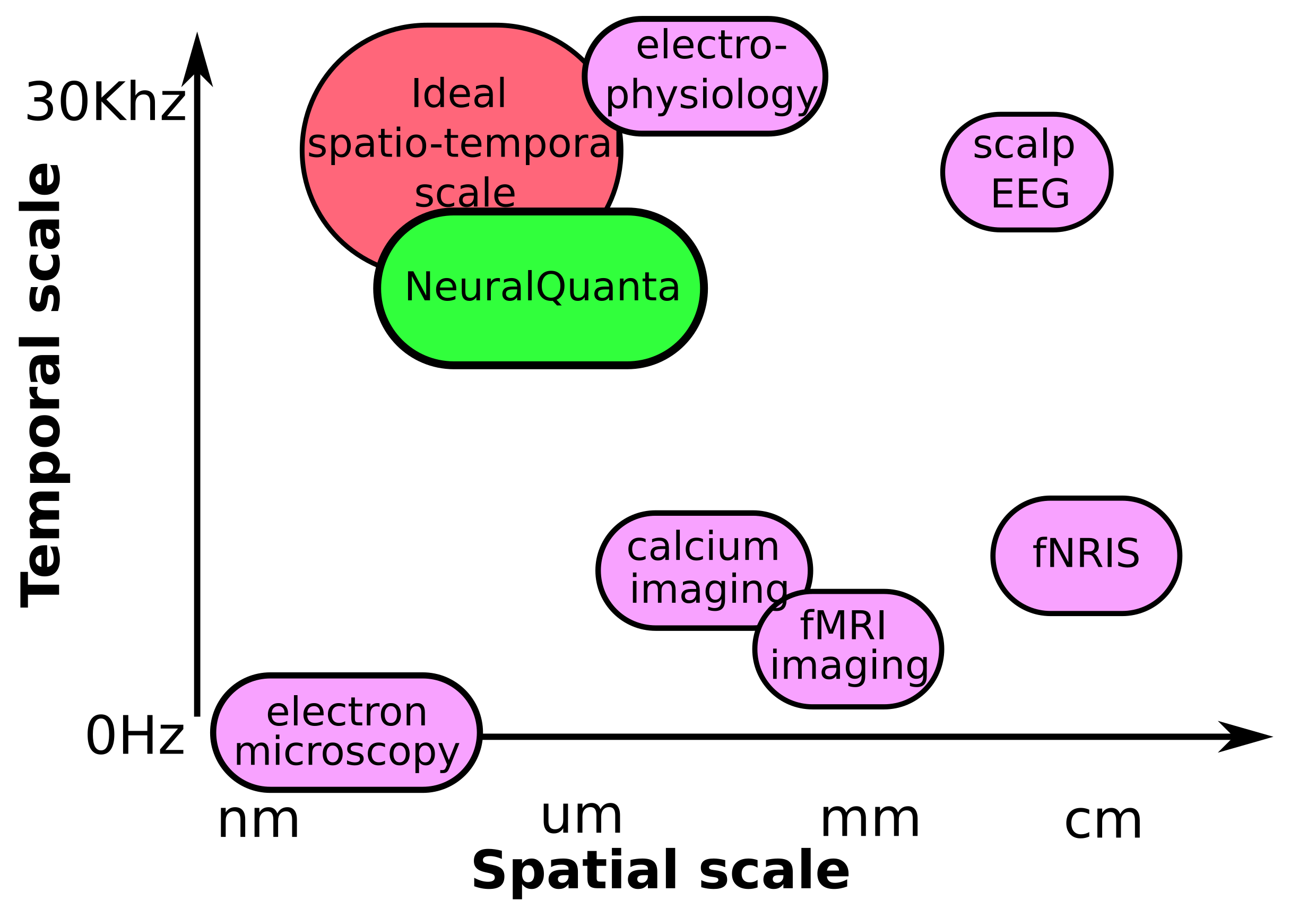
Figure 1: Across the temporal and spatial scales - electrophysiology is the best candidate for achieving high temporal precision - with NQ being the most optimal.
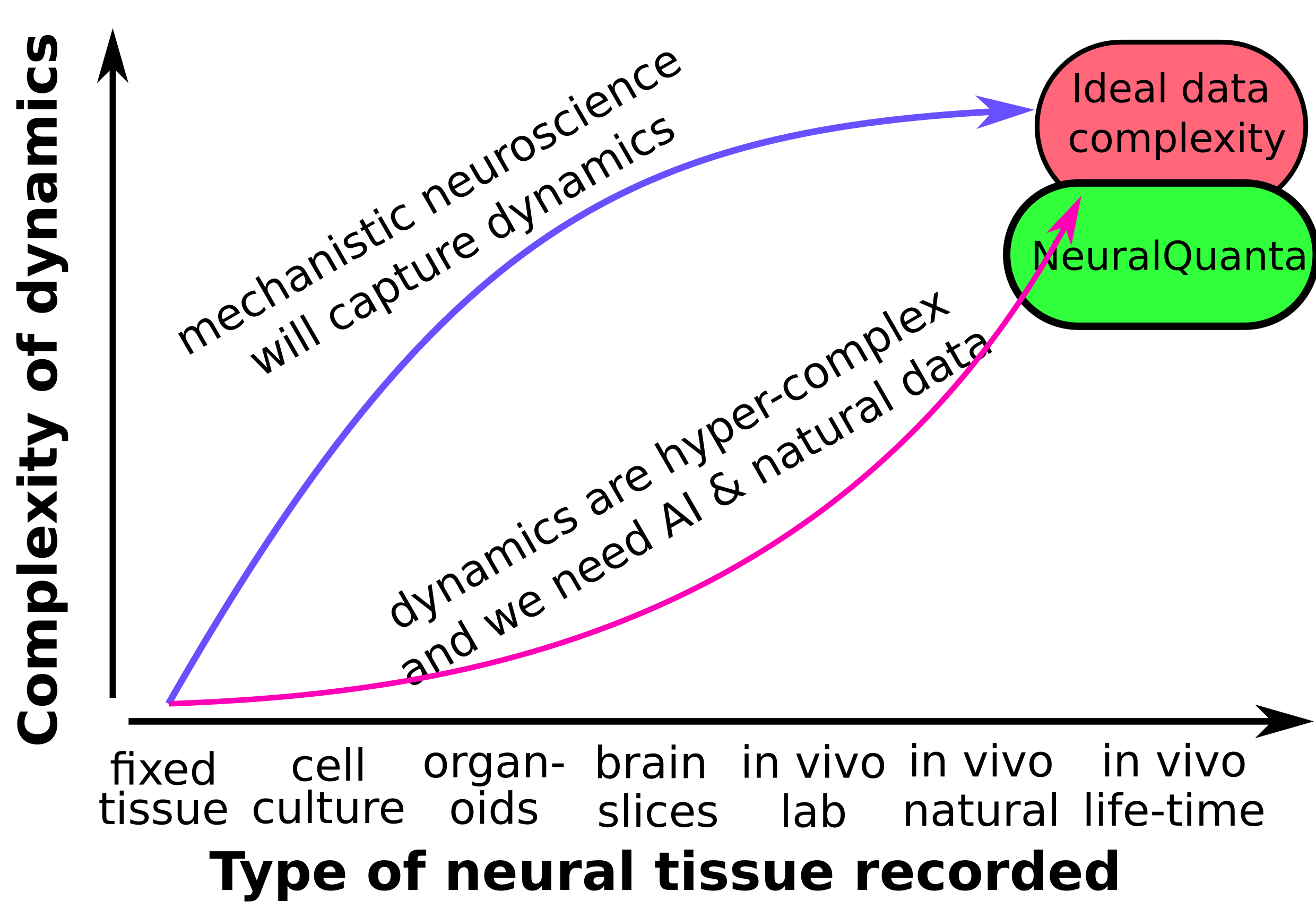
Figure 2: Artificial laboratory experiments in neuroscience may not be scale sufficiently well or fast and we may need neuro-behaviour paradigms that capture neural dynamics during all natural behaviours.
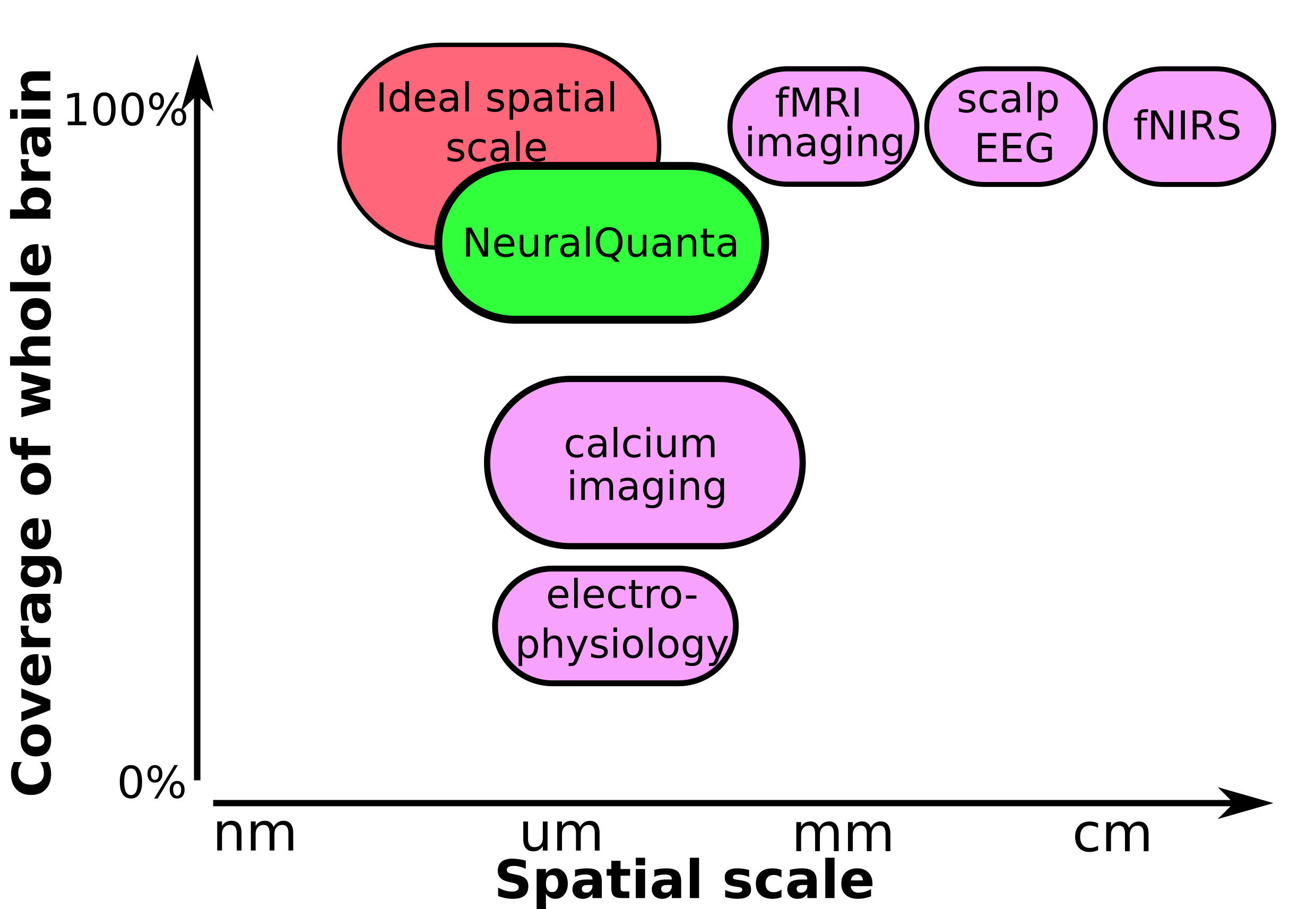
Figure 3: Capturing most or all brain activity simultaneously with high temporal resolution requires rethinking neurotech and developing devices such as NQ.
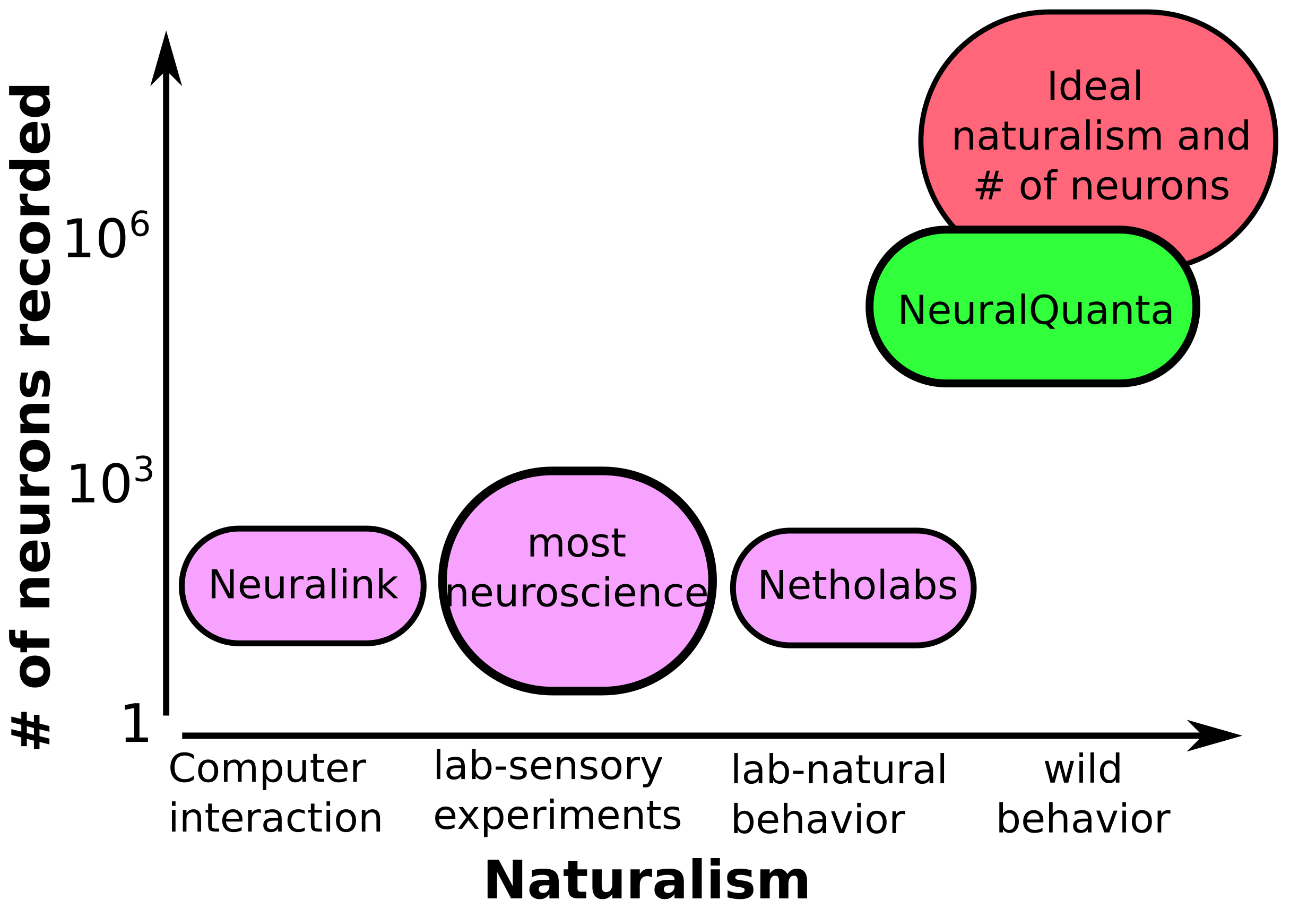
Figure 4: NeuralQuanta: 1um scale electrophysiology devices capture the most requirements for advancing neurotech systems.
We propose NeuralQuanta (NQ), micrometer sized devices, 100-10,000 x smaller than current electrophysiology devices - for achieving whole-brain neural recordings.
